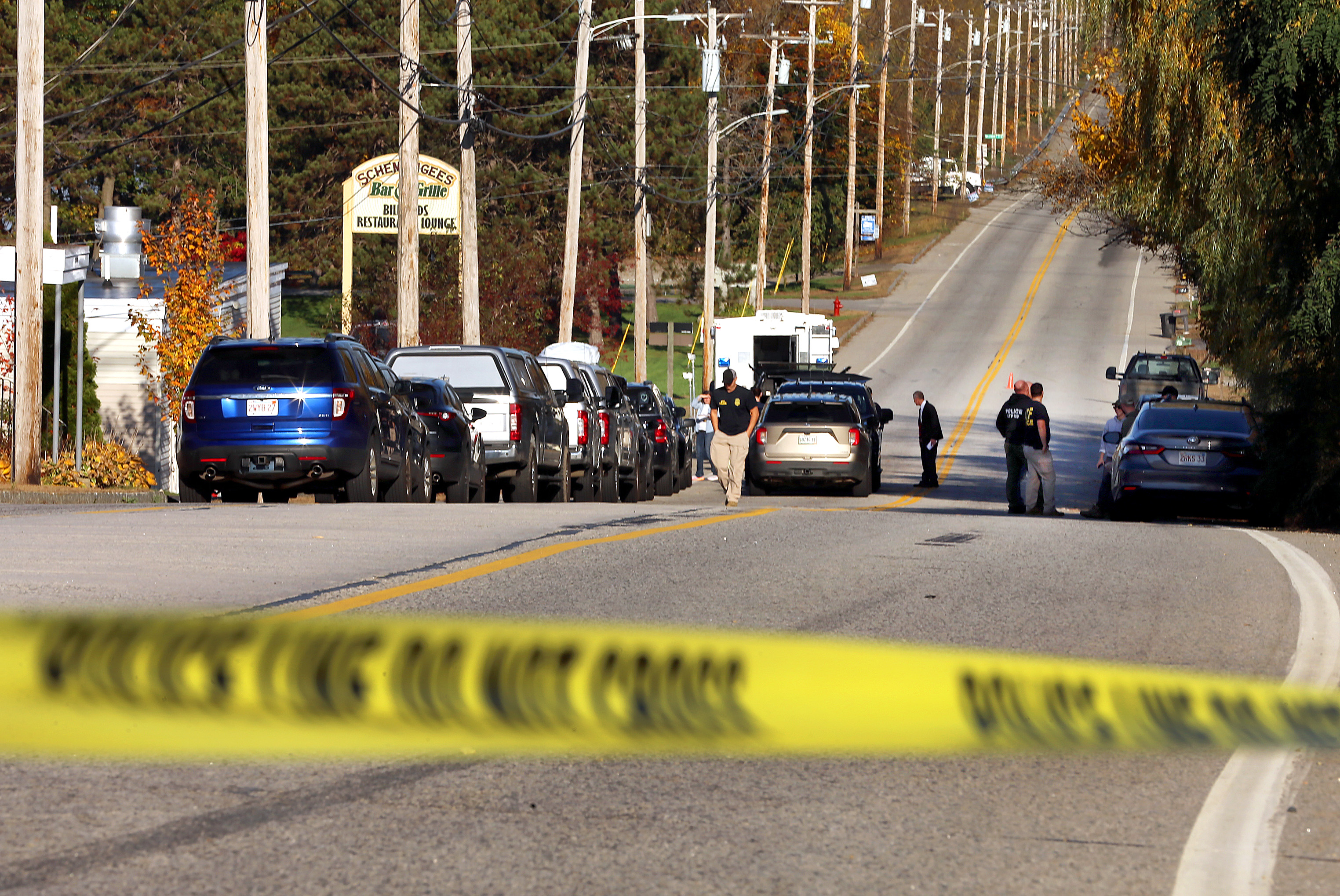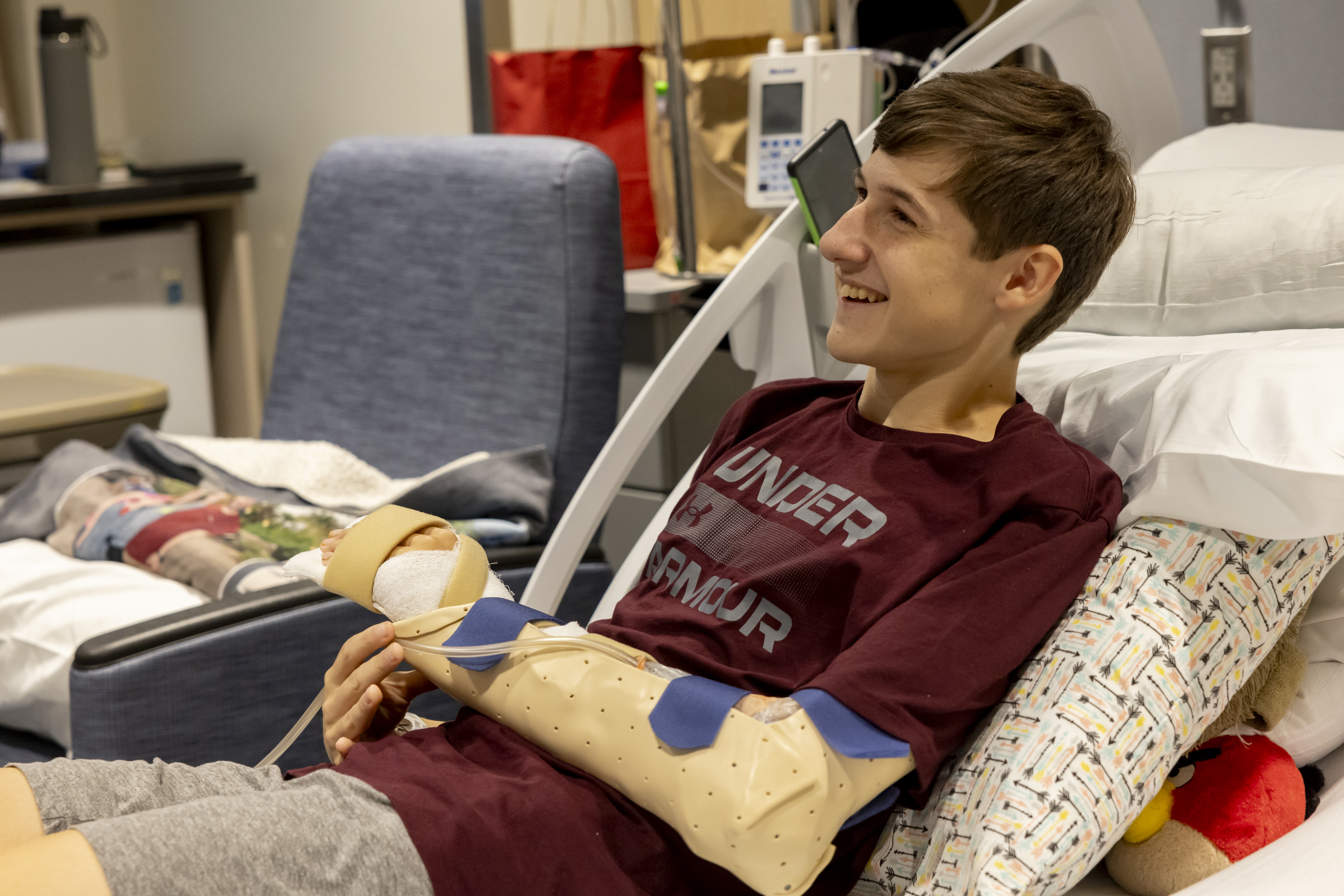Transcripts from 911 calls made during and after the mass shootings that left 18 people dead in Lewiston, Maine, in October were released on Monday.
The 51 partially redacted call transcripts, released by the Maine Department of Public Safety, depict people who witnessed the shootings at Just-In-Time Recreation bowling alley and Schemengees Bar and Grill sharing details with emergency dispatchers. One person stays on the line as they work to ensure the people they hear outside the door are law enforcement officers and not the gunman.
"Just keep those around you as quiet as possible. If you hear the police announce themselves, make yourselves known, but otherwise I want you to stay down and stay quiet, okay?" one dispatcher says.
The calls also reveal the moment when dispatchers, already dealing with the chaos at the bowling alley, find out that the gunman, who was found dead after a two-day manhunt, had gone to the nearby restaurant and opened fire there.
Get Boston local news, weather forecasts, lifestyle and entertainment stories to your inbox. Sign up for NBC Boston’s newsletters.
"Hey, we have another – we have another active shooter at Schemengees. We're getting 911 calls flooding in now for that," one dispatcher is heard in a 7:07 p.m. call from someone at the restaurant.
Read the transcripts here. (Note: the transcripts relay explicit language from the shootings.)
The transcripts were released in response to a Freedom of Access Act request by NBC10 Boston and other news organizations. Authorities have released many other documents from the investigations into the circumstances and handling of the shootings as well.
Some of the callers report being with people who were wounded. Other calls are chillingly short — one person who called 911 at 6:55 p.m., while others were calling about the chaos at Just-In-Time Recreation, simply says, "Shooting." A dispatcher says, "Hello?" But the caller's reply is inaudible.
“Let me get you over to the call center, OK?” the 911 operator says. Soon after, the operator says “Why won’t it let me transfer it? It won’t let me transfer it at all. Jesus Christ.”
All told, 18 people were killed and 13 wounded when an Army reservist opened fire on Oct. 25, leaving behind carnage and prompting a lockdown for tens of thousands of residents during the biggest manhunt in state history. It ended with the discovery of the body of gunman Robert Card II two days later in nearby Lisbon. An autopsy concluded he died by suicide.
About two hours after the shooting, according to the transcripts, one caller said they saw a picture of the suspect online and correctly identified him, describing his deteriorating mental health state as known to the community and saying he had recently kicked his family out of his house: “they’re basically estranged and he’s just not been well.”
The caller’s name is redacted, but their statements support previously released police and military statements about the gunman's mental health state and potential danger to the community. The caller goes on to state that he was known to have firearms in his house, and that the sheriff’s department had previously been contacted about his behavior and mental health.
“We’ve just been really concerned about his mental health lately,” the person said.
An independent commission appointed by Gov. Janet Mills is investigating all aspects of the shootings, which sparked consternation over why warning signs about deteriorating mental health were ignored.
The Associated Press contributed to this report.




